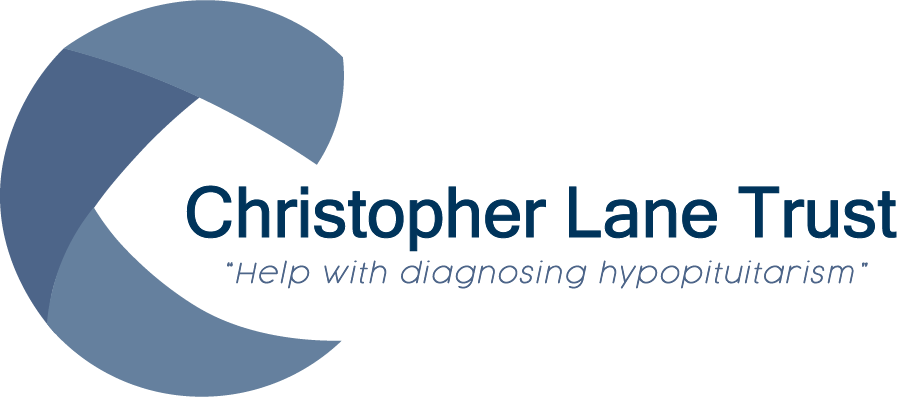James Smith – account published in BMJ’s Rapid Responses
After being badly beaten up in a street robbery six years ago and nearly losing an eye, I suffered severe depression and tried to kill myself several times.
I did not know then that a large Danish epidemiological study had found that the risk of suicide after head injury is three or four times other people’s [1], a finding confirmed by much other research [2]. I would have thought that past head injury should be one of the first things a GP should enquire about when faced with a depressed patient.
It may be of interest if I describe how my depression was cured.
I had three distinct groups of symptoms after my injury. First, the psychological effects included depression, fatigue and cognitive defects. I’d lost all my social skills.
I couldn’t perform simple tasks like dressing myself. I couldn’t work. I had lost track of life. Secondly I found two or three months after the attack I would bruise alarmingly easily, coming out with great discoloured welts after minor bumps. Thirdly, it grew apparent that I had become infertile.
For my brain fog and depression I had neuropsychological treatment – skill mapping, strategies for circumventing particular cognitive defects – and also PTSD treatment – relaxation exercises, brain training for stress and anxiety. Neither of these approaches helped me, and I was not offered any of the blood tests which would later prove vital to my diagnosis.
When my wife and I sought help at a fertility clinic my sperm was tested for number and motility, and found to be near zero. I was prescribed a regime of diet, exercise and sleep and the dropping of certain antidepressants, and at first this appeared to work, and then not to. It was a standard one-size-fits-all procedure, and nobody ever paused to wonder why a 35-year-old who had been fertile before should have problems now?
What saved me, unexpectedly, was the bruising. My GP found my fibrinogen levels were abnormal and suggested on the face of it fibromyalgia, but wasn’t convinced. He also did a thyroid test which came out low. He consequently referred me to an endocrinologist who very, very fortunately was one of the few on the look-out for the endocrine effects of head injury. Within minutes he told me he believed he knew what was wrong with me.
He told me that roughly a third of cases head injury results in damage to the pituitary gland, causing possible deficiencies in growth hormone, gonadotrophs, ACTH and TSH, and an excess of prolactin [3]. I was found to be testosterone-deficient, and received hormone treatment within a matter of days.
Whilst markedly improved on testosterone treatment unfortunately, the fatigue, cognitive fuzziness, rhinitis, headaches, sleep problems, dizziness and depression still dogged me, and twelve months later, after something of a struggle, I was given replacement growth hormone.
At this point my brain fog and suicidal moods completely disappeared and I no longer needed antidepressants. How much simpler it would have been if instead of receiving neuropsychological and PTSD treatment, I had been routinely screened for growth hormone deficiency at the beginning?
I am off benefits and back at work now, happy with my wife and new child, with a partnership in four businesses. But it was only chance that I was diagnosed and treated. There is no proper pathway for screening for endocrine damage after head injury – and this means that there must be many, many people turning up in GP surgeries today complaining of depression who could be helped by replacement hormones. Surely GPs need to know this?
[1] Teasdale TW, Engberg AW, Suicide after traumatic brain injury: a population study, J Neurol Neurosurg, Psychiatry 2001) http://jnnp.bmj.com/content/71/4/436.full
[2] Simpson G, Tate R, Suicidality in people surviving a traumatic brain injury: prevalence, risk factors and implications for clinical management, Brain Inj 2007 Dec;21(13-14):1335-51. http://www.ncbi.nlm.nih.gov/pubmed/18066936
[3] Schneider HJ et al, Hypothalamopituitary Dysfunction Following Traumatic Brain Injury and Aneurysmal Subarachnoid Haemorrhage: A Systematic Review, 2007, JAMA http://jama.jamanetwork.com/article.aspx?articleid=208915
(Source: BMJ website 12 August 2013)
